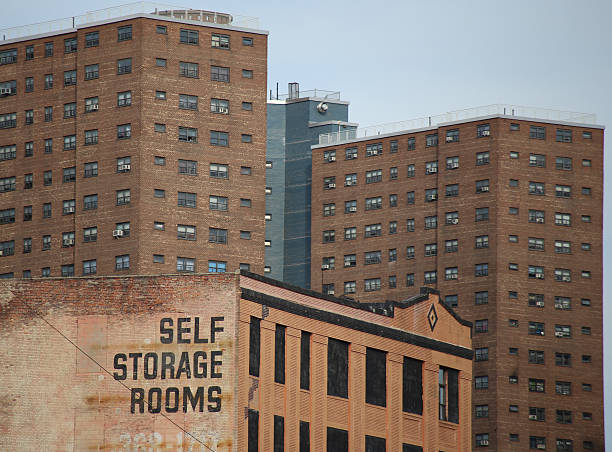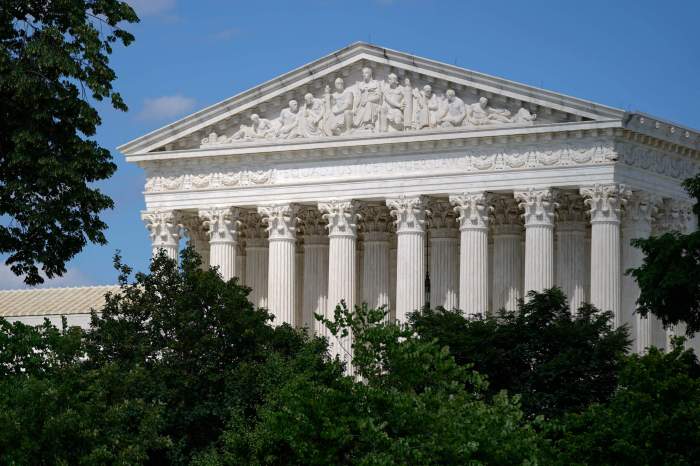
He was the “goodest boy” of them all. As one of the first U.S. Army service dogs, bull terrier mix Sgt. Stubby endured mustard gas and shrapnel from grenades during his time in World War I France.
The long-treasured mascot’s bravery and service will be honored with an unveiling of a bronze statue in his likeness at the AKC Museum of the Dog in Manhattan on May 23, where it will be housed permanently.
Stubby was on the front lines of 17 battles over the course of 18 months, warning his unit of chemical attacks – he had a specialty gas mask to fit over his little muzzle – and incoming artillery shells. He also helped find wounded soldiers and offered them comfort, and even captured a German spy by the seat of his pants in the Argonne — not letting go for anything. It was his role in nabbing the spy that earned him the rank of sergeant.
When Sgt. Stubby returned back from war, Gen. John J. Pershing awarded the four-legged fighter a medal for his bravery. The pooch even met three presidents, Wilson, Coolidge and Harding.

Stubby joined the Army somewhat by accident. In 1917, he wandered onto the camp of the 102nd Infantry Regiment of the 26th Yankee Division at Yale. A young soldier named Robert Conroy took a liking to him, named him “Stubby,” and smuggled the dog onto his vessel in an overcoat when it was time to ship out.
Stubby essentially became the official mascot of the 102nd Infantry Regiment, with fans back in the States.
After “retirement,” he was so famous that the Grand Hotel Majestic in midtown Manhattan lifted its ban on dogs so he could stay there while on his way to Washington, D.C., according to the Connecticut Military Department’s website.
Eventually, he became the Georgetown Hoyas’ team mascot, where he would push the football around at halftime to amuse fans. He was also made a lifetime member of the YMCA — it offered him three bones a day — the Red Cross and the American Legion, marching in every Legion parade until his death in 1926.
His body was preserved and presented to the Smithsonian in 1956. The New York Times wrote a lengthy obituary for the pup, “Stubby of A.E.F. Enters Valhalla.”

Also in remembrance of the canine’s accomplishments, a “Sgt. Stubby: An American Hero” movie was released in 2018.
That same year, Susan Bahary was commissioned to create the life-sized bronze of Stubby, dubbed “Stubby Salutes,” for the Connecticut Trees of Honor memorial at the Veterans Memorial Park in Middletown, Conn. The statue at the AKC Museum of the Dog will be the second casting of the statue.
Stubby is depicted in his uinform vest “standing” at attention, with right paw raised and left paw extended in friendship.
“His right paw represents his deeds for our country and his left paw represents his friendly and giving nature,” Bahary said in a statement. “His contributions to our military, along with his loyalty and bravery are symbolic of all the wonderful working dogs that protect us and service animals that benefit and enrich our lives today.”




























